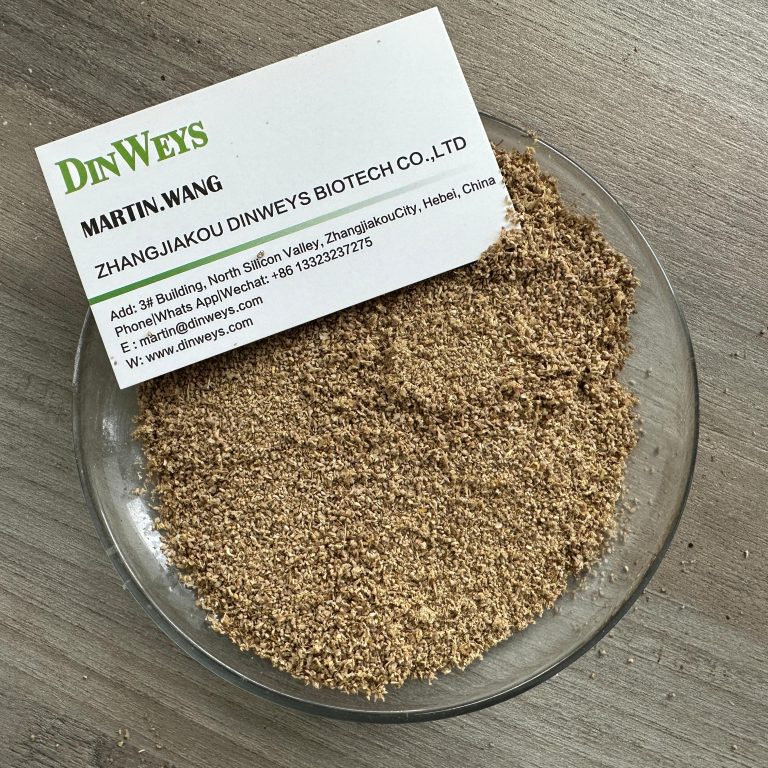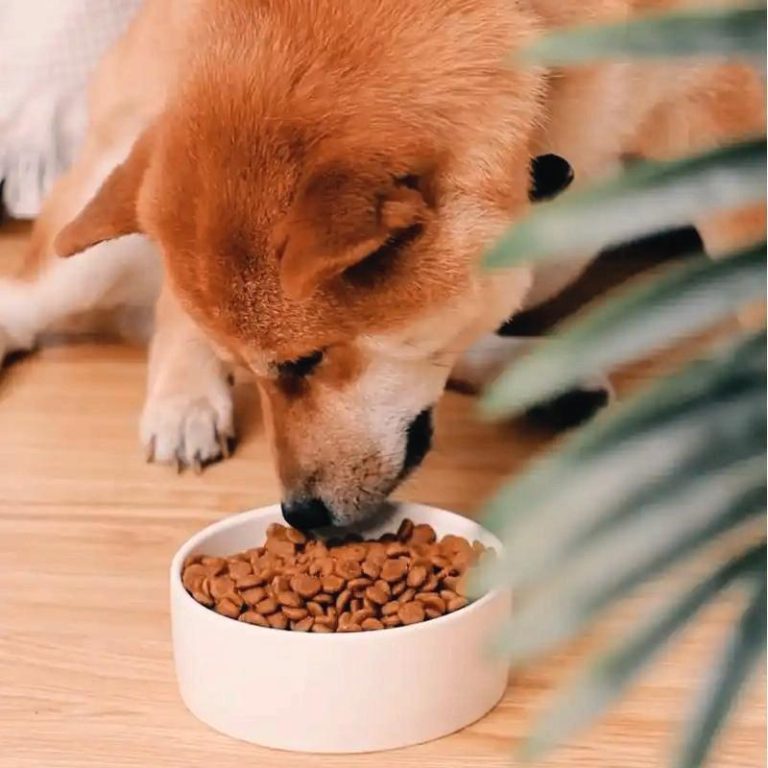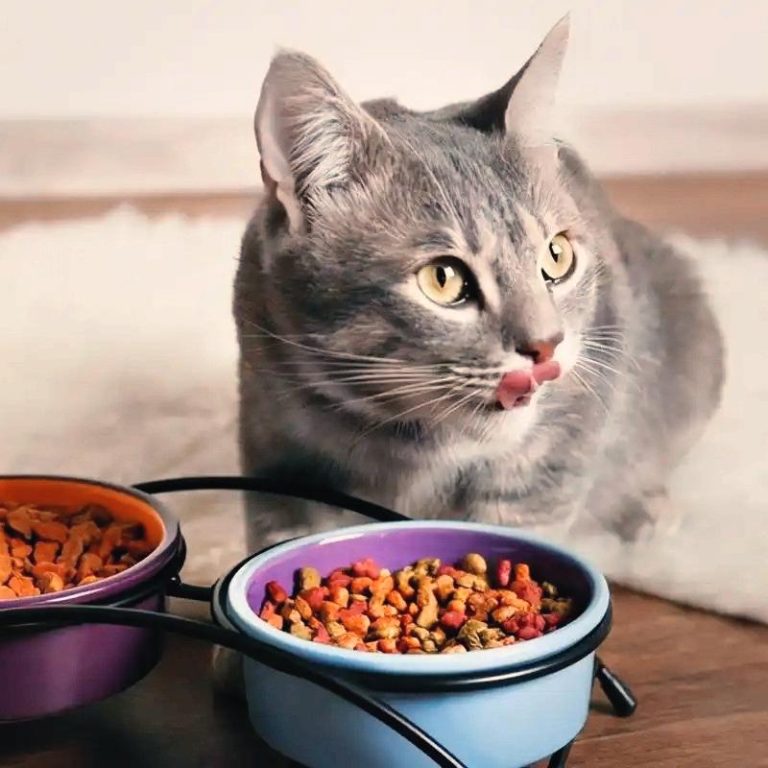Choline and Inositol are vital nutrients for livestock. Here, we will explore their chemical properties, industrial production, and synergistic applications in animal feed products, providing readers with detailed scientific insights and practical knowledge.
1. What is Choline and Inositol?
Choline and Inositol are essential nutrients widely used in animal feed and as food-grade industrial ingredients. They are often grouped under the category of lipotropic agents and water-soluble vitamins.
| Property | Choline | Inositol |
|---|---|---|
| Chemical Name | Choline chloride | Myo-Inositol |
| Molecular Formula | C5H14ClNO | C6H12O6 |
| CAS Number | 67-48-1 | 87-89-8 |
| Molecular Weight | 139.62 g/mol | 180.16 g/mol |
| Classification | Quaternary ammonium compound; vitamin-like nutrient; feed additive; industrial food ingredient | Polyol compound; member of vitamin B complex; feed additive; industrial food ingredient |
| Appearance | White crystalline powder or granular form | White crystalline powder or granular form |
| Odor | Slight fishy odor | Odorless to slightly sweet |
| Density | 1.145 g/cm³ (anhydrous choline chloride) | 1.65 g/cm³ |
| Melting Point | 302 °C (choline chloride) | 225 °C |
| Solubility | Highly soluble in water; insoluble in ethanol | Highly soluble in water; slightly soluble in ethanol |
| Stability | Stable under normal conditions; hygroscopic | Stable under normal conditions; non-hygroscopic |
| Common Forms | Choline chloride, choline bitartrate, feed grade choline chloride 60% | Myo-inositol, D-chiro-inositol, inositol 99% pure powder |
Sources: Zeisel, 2006; NRC, 1998; FAO, 2019
2. Production Process and Specifications of Choline and Inositol
2.1 Choline Production
Raw Materials:
- Ethanolamine
- Methyl chloride
- Hydrochloric acid (for salt formation)
Production Process:
- Synthesis of Choline Base: Ethanolamine reacts with methyl chloride under controlled temperature and pressure to form choline chloride.
- Purification: The crude product is purified through filtration and crystallization.
- Drying: Spray drying or fluid bed drying produces granular or powdered forms suitable for feed and food applications.
- Quality Control: Moisture content, choline concentration, heavy metals, and microbial load are tested.
Specifications:
- Feed grade: 50–60% choline chloride with corn cob or silica carrier
- Food grade: 98% choline bitartrate or 99% choline chloride
- Packaging: 25 kg to 50 kg bags or bulk tanker delivery
2.2 Inositol Production
Raw Materials:
- D-Glucose or starch (plant-based carbohydrate source)
- Enzymes for conversion
Production Process:
- Hydrolysis: Starch or glucose is hydrolyzed to produce glucose syrup.
- Cyclization: Glucose is converted into inositol via microbial fermentation or chemical cyclization.
- Purification: Activated carbon filtration, ion exchange, and crystallization.
- Drying: Spray drying or vacuum drying to obtain a white crystalline powder.
- Quality Control: Purity, moisture, and microbial contamination are strictly tested.
Specifications:
- Feed grade: 99% myo-inositol powder
- Food grade: 99–99.5% purity, suitable for fortification
- Packaging: 25 kg bags or bulk delivery
References: FAO (2019), NRC (1998), Chen et al., 2017, Journal of Animal Science and Biotechnology
3. Additives and Usage Points in Choline and Inositol Production
Choline and Inositol are essential nutrients widely used in the feed additives industry. Understanding their production process and the role of additives is critical for ensuring product stability, quality, and efficiency.
3.1 Choline Production Additives and Usage Points
Raw Materials
Primary reactants: Ethanolamine, Trimethylamine, Chlorinating agents (e.g., ethylene chloride)
Auxiliary reagents: Acid or base for pH adjustment (HCl or NaOH)
Carriers (for solid products, e.g., feed-grade): Corn cob powder, wheat bran
Process Steps
Synthesis reaction:
Choline is usually produced via trimethylation, forming choline salts (e.g., choline chloride).
Buffering agents may be added to control pH and improve yield and stability.
Purification:
Solvent extraction or crystallization removes by-products.
Anti-caking agents may be added to ensure free-flowing granules.
Drying and Granulation:
Choline is hygroscopic; desiccants or moisture inhibitors are used during drying.
Feed-grade products often include carrier powders to reduce dust and improve dispersibility.
Packaging:
Air-tight packaging is essential.
Moisture absorbents may be included to prevent caking.
Notes:
pH control is critical to prevent choline degradation.
High temperatures must be avoided during drying and storage.
Food-grade products use minimal or approved food-grade additives.
3.2 Inositol Production Additives and Usage Points
Raw Materials
Primary source: Glucose or cereal sugars via microbial fermentation
Fermentation additives:
Nitrogen sources (e.g., ammonia, yeast extract)
Minerals (Mg²⁺, K⁺) to enhance enzyme activity
pH adjusters (NaOH, H₂SO₄)
Antifoaming agents for large-scale fermentation
Process Steps
Fermentation:
Nutrient solution, minerals, pH buffers, and antifoaming agents are added.
Temperature, pH, and dissolved oxygen are strictly controlled to optimize yield.
Separation and Purification:
Fermentation broth is centrifuged or filtered to remove cell debris.
Crystallization or concentration steps may include anti-caking agents.
Drying and Granulation:
Freeze-drying or spray-drying is used.
Small amounts of carriers or anti-caking agents can be added to improve flow.
Packaging:
Moisture and oxygen protection are necessary; desiccants may be used.
Food-grade products use approved anti-caking agents (e.g., silicon dioxide).
Notes:
Inositol is hygroscopic; proper storage and packaging are essential.
Metal ion concentration must be controlled to ensure crystallization and purity.
Inositol has good stability but may cake under high temperature or humidity.
Comparison Table
| Product | Common Feed Additives | Usage Points | Purpose |
|---|---|---|---|
| Choline | Carrier powders, anti-caking agents, desiccants, pH buffers | Synthesis, drying/granulation, packaging | Improve flowability, moisture control, and stability |
| Inositol | Minerals, nitrogen sources, antifoaming agents, anti-caking agents, and desiccants | Fermentation, purification, drying, packaging | Enhance fermentation efficiency, crystallization, anti-caking, and moisture protection |
4. How Do Choline and Inositol Work Together?
In Animal Feed:
- Lipid Transport: Choline provides methyl groups for phosphatidylcholine synthesis, while inositol contributes to phosphatidylinositol formation.
- Liver Health: Both act synergistically to prevent fatty liver syndrome in poultry and swine.
- Cell Signaling: Inositol phosphates serve as secondary messengers; choline-derived phosphatidylcholine stabilizes cell membranes
Mechanistic Overview:
- Choline donates methyl groups → Converts to betaine → Supports methionine regeneration → Improves liver function
- Inositol → Forms inositol phosphates → Supports cell signaling and lipid transport
- Combined effect → Enhanced lipid metabolism, liver protection, improved growth performance in animals, and nutritional value in food products
References: Zeisel, 2006, Nutrition Reviews; NRC, 1998; FAO, 2019
5. Derivative Products of Choline and Inositol
Choline Derivatives:
- Choline bitartrate
- Choline chloride 50–60% (feed grade)
- Phosphatidylcholine (lecithin, emulsifier)
- Citicoline (CDP-choline, cognitive supplement)
- Choline alfoscerate (acetylcholine precursor)
Inositol Derivatives:
- Myo-Inositol (feed grade)
- D-chiro-Inositol (nutraceuticals, insulin regulation)
- Inositol hexaphosphate (IP6, anticancer and antioxidant applications)
- Phosphatidylinositol (cell signaling and emulsifier)
- Inositol trisphosphate (research and biochemical applications)
These derivatives expand the functional applications in both animal nutrition and human food industries, providing targeted benefits such as cognitive support, liver protection, and metabolic regulation.
References (APA)
- Chen, H., et al. (2017). Advances in Choline and Inositol Supplementation for Animal Nutrition. Journal of Animal Science and Biotechnology, 8(1), 45. https://doi.org/10.1186/s40104-017-0200-6
- FAO. (2019). Feed and Food Additives: Choline and Inositol. Food and Agriculture Organization. http://www.fao.org
- NRC. (1998). Nutrient Requirements of Swine: Eleventh Revised Edition. National Academies Press.
- Zeisel, S. H. (2006). Choline: Critical Role During Fetal Development and Dietary Requirements in Adults. Nutrition Reviews, 64(6), 218–225. https://doi.org/10.1111/j.1753-4887.2006.tb00248.x
Keywords:
choline, inositol, animal feed additives, feed supplementation








